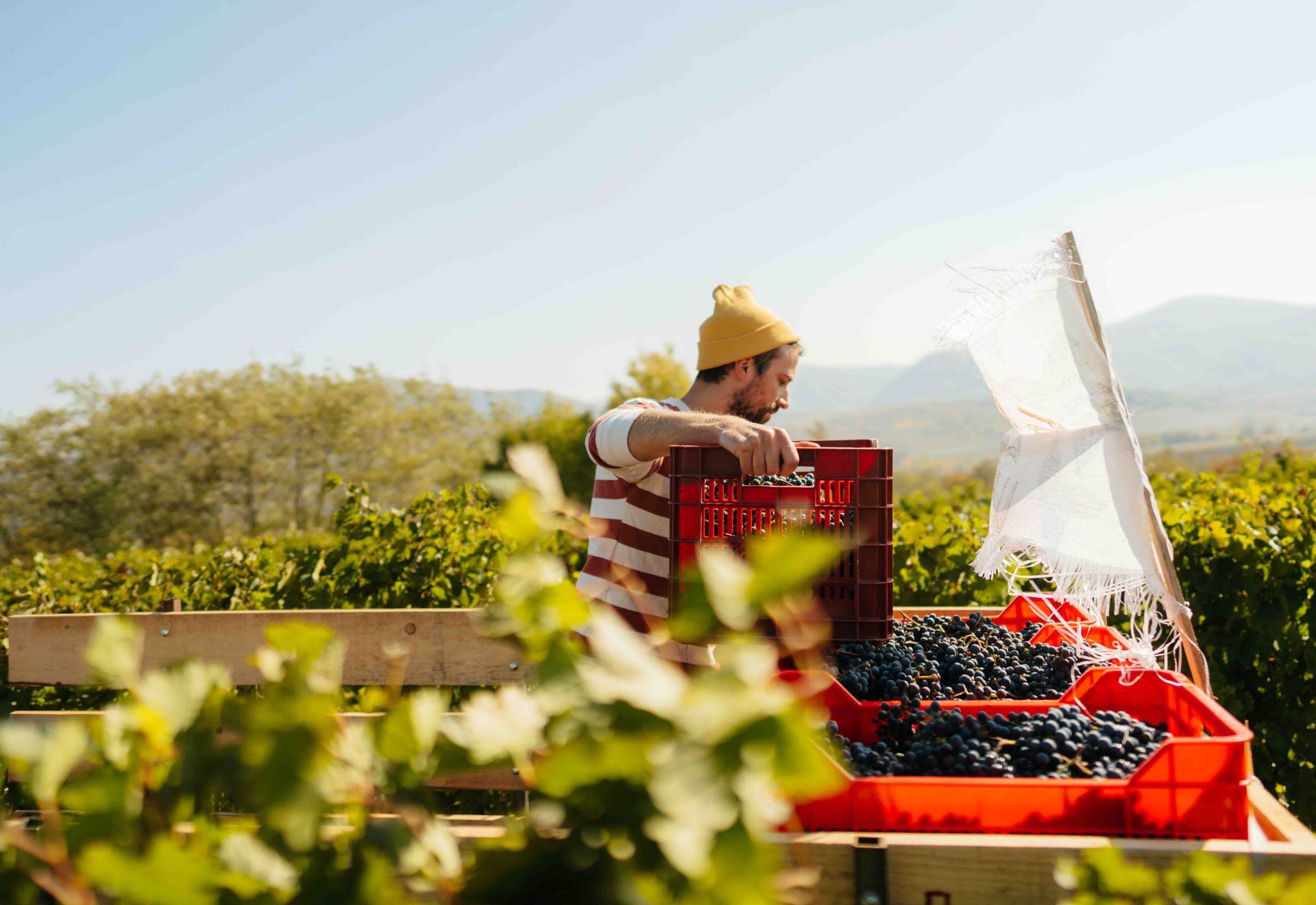The increase in popularity towards minimal intervention wines is showing little sign of waning, bolstered by consumers becoming more aware of issues around health, the environment and transparency in the wine making process.
Organic wine, that is, wine from grapes grown without the use of synthetic or artificial chemicals, is now valued at a cool $31 million on the Australian market as a retail category. This number is growing by 54 percent each year, proving that this is more than a fleeting trend bolstered by a millennial market.
And it’s not just Australia seeing growth in this area, with industry news source Beverage Daily reporting that the global consumption of organic wines has almost doubled from 349 million bottles in 2012 to 676 million bottles in 2017. By 2022, it is expected that one billion bottles will be consumed every year.
What is organic wine?
The definitions and guidelines for producing organic wine and using the ‘Australian Certified Organic’ label are set out in the Australian Certified Organic Standard. Businesses in compliance of these standards will be able to promote the ACO logo on packaging and marketing material, which is the purchaser’s guarantee that what they are buying is truly organic.
Wine that has been certified as organic is made from grapes grown without the addition of synthesised chemical fertilisers, pesticides, herbicides or fungicides. Organic certifying bodies also place restrictions on the amount of sulphur dioxide that can be added to the wine and the chemical fining agents used in the winemaking process.
A captivated international market
It seems too, that the thirst for Australian organic and natural wines is not just limited to our home soils, with demand for these alternative wines increasing overseas. Despite organic wines only accounting for 1 percent of Australia’s wine exports, it is an area that is showing rapid growth.
According to Wine Australia, exports in the organic category have risen by an average of 40 percent annually over the past four years, totalling a combined total worth of $14.5 million in the year to March 2018. The demand for organic wines has particularly grown in China, with the county’s organic exports soaring a whopping 170 percent over the past year.
Good news for Australia’s wine industry
A report released in 2019 by the IWSR Drinks Market Analysis shows that the total global organic area under vine has increased by 234 percent since 2007, and in 2017 surpassed 400,000 hectares. This demonstrates huge potential for winemakers to expand their offerings and consider branching into this area of alternative winemaking, given the receptive state of the current consumer market.
This area of wine making allows producers to differentiate their products and promote their different management practices. By doing so, they can set themselves apart from competitors and charge premiums on their products.
While winemakers and vineyards have the potential to develop their business and product scope, this expanding market also paves the way for those seeking jobs in the industry. With such growth comes the potential for huge job growth and the need for specialist skills within the area of alternative wine making.
Not Just Organic
It isn’t just organic wine seeing a rise in popularity, with many other fringe winemaking terms gaining attention through mainstream channels. Biodynamic, orange, natural and sustainable wine are all proliferating terms.
Even vegan wine has become a selling point for many wine producers, with the growth of animal product-free wine following closely behind the burgeoning organic wine category, seeing a 50 percent increase
in sales in Beer Wine and Spirits stores in the past year.
This is an exciting time in the industry for both winemakers and those looking to work in the industry. Let the specialist team of CozWine consultants help you take the next step and contact us today.



